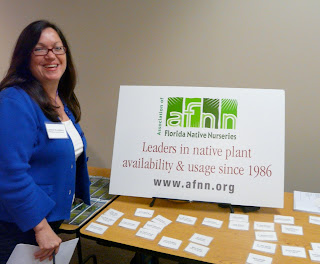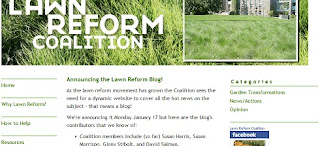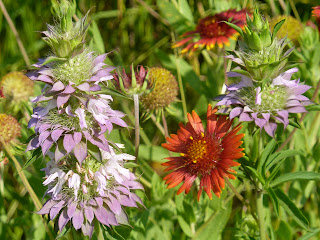Economics in the Native Plant Industry

Cammie Donaldson, Executive Director The 25th anniversary year of the Association of the Florida Native Nurseries (AFNN) started out with a bang last Saturday, when forty one participants from all over the state traveled to Kissimmee to participate in a workshop: Economics and Ecotypes. The group represented a mix of growers, retailers, landscape professionals, municipal reps, and Florida Native Plant Society (FNPS) members who spent the day in intense, active learning about current conditions influencing the commercial native plant sales industry today. Seven professors from the University of Florida gave excellent presentations and led stimulating discussions. Dr. Alan Hodges, an economist intimately familiar with the native plant industry, said the good news is that the economy is growing again, albeit slowly and with a bit of bouncing. However, it seems possible to many that we are experiencing a fundamental change in the human condition. Because te...











